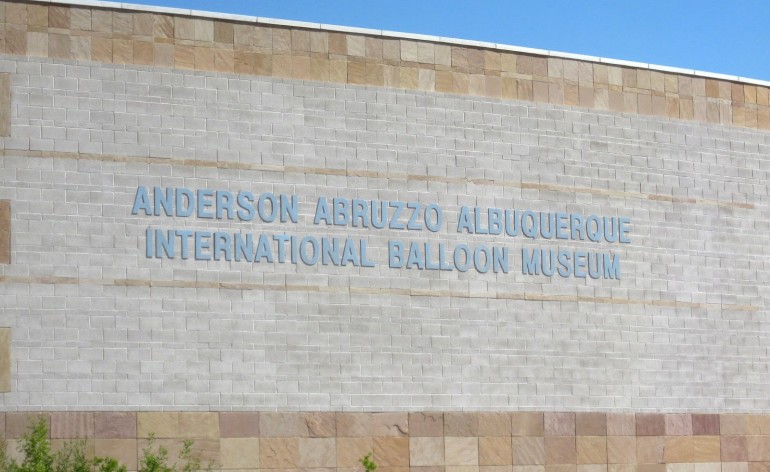British inventor inducted in FAI ballooning hall of fame
A British clergyman inventor has been posthumously inducted into the Federation Aeronautique Internationale Ballooning Commission Hall of Fame.
The Rev John M Bacon lived in Cold Ash, Berkshire from 1876 until his death in 1904. He invented the hot air balloon petrol burner, the forerunner of the modern hot air balloon, in 1903, with John N Maskelyne.
A ceremony was conducted at the Hall of Fame, housed within the Anderson Abruzzo Albuquerque International Balloon Museum, New Mexico, in October, to honour Mr Bacon’s contribution to hot air ballooning, which includes his original concept of a military hot air observation balloon with liquid petroleum vaporising burners. He demonstrated the feasibility of his scheme by constructing a copper-coiled ‘roarer’ burner with a pressurised fuel system.
The Victorian polymath is also credited as being the UK’s first aerial photographer, as he took shots of the English countryside on his first balloon flight on August 20, 1888.
In 1893, he was made president of the Newbury Guild Hall Club for Young Men and frequently involved his members in his exploits.
Mr Bacon flew many times from Newbury Gasworks, Kings Road, in a coal gas balloon, becoming a local celebrity. Many Newburians witnessed his ascents, even when they were in the middle of the night.
The Newbury Weekly News reported that one particular journey, to photograph shooting stars, captured people’s imaginations as hundreds of townspeople “remained out of their beds all night in order to give the intrepid voyager a good send-off”.
The story continued: “It had been known for several days that the Rev John Bacon intended to take a trip into the upper regions in order to get a better view of the ‘shooting stars’. It was understood that his daughter, Miss Gertrude Bacon, was to accompany him. It was this latter fact that aroused the keenest interest, for while people understood that Mr Bacon in his ardent zeal as an astronomer was ready to face any danger, it was not so generally understood why a young lady should be ready and anxious to share the same unknown possibilities.
“These people, however, did not know that Miss Bacon shares her fathers courage and enthusiasm, and that being an accomplished amateur photographer it was an opportunity not to be missed.
“Among the big crowds that witnessed the ascent were many women, and these were more anxious to see Miss Bacon, than even to cheer her father.”
Retired scientist and Cold Ash resident Fred Davison recalls that he was a minor national celebrity at the time, often appearing in the Newbury Weekly News. He said: “He was a great philanthropist and a great pyrotechnician.
“He once made an 8ft rocket, and his firework displays were the talk of the town.”
Although ordained a priest, he never earned his living in the church, acting as unpaid assistant curate at Shaw.
He was interested in all things scientific and his pastimes included astronomy, magnetism, acoustics, chemistry, bee-keeping, gardening and music.
He built his own observatory and was made a Fellow of the Royal Astronomical Society in 1889, after leading several expeditions to study solar eclipses.
He is hailed as an early cinematographer and was the first to take moving pictures of an eclipse, at Buxar, India, in 1889,
Mr Davison, who helped organise this year’s Heritage Open Day weekend, included Mr Bacon’s story in the events held in Cold Ash.
He said: “He was an absolutely fascinating character who was a very clever man.
“He was an expert in so many fields and he had so many interesting ideas.”
via – NewburyToday.co.uk

